Keep It Simple: 1.e4Christ of SieleckiKeep It Simple: 1.e4 A Solid and Straightforward Chess Opening Repertoire for White New In Chess 2018 November 2018 New In Chess Published by New In Chess, Alkmaar, The Netherlands www.newinchess.com Previously published (March 2018) as an online, interactive book on www.chessable.com All rights reserved. No part of this book may be reproduced, stored in a retrieval system or transmitted in any form or by any means, electronic, mechanical, photocopying, recording or otherwise, without the prior written permission from the publisher. Cover design: Nilanga Fernando & Volken Beck Supervision: Peter Boel Proofreading: Chris Tilling, Sandra Keetman Editing and typesetting: Peter Boel Production: Anton Schermer Have you found any errors in this book? Please send your remarks to and implement them in a possible next edition. ISBN: 978-90-5691-805-7 Preface Dont you hate it when you are at a chess tournament, right before the first round, and some local important person is going on about all kinds of things? You are eager to start playing, moving the pieces, getting into a struggle over the board and someone is stopping you! I have to confess that I feel similarly with book prefaces. Usually I just skip them and dive right into the moves of the chapters I am most interested in, hungry for real information not some chit-chat. Therefore this wont be a long preface.
The main point of it is to tell you the idea behind the Keep It Simple approach. In fact, Keep It Simple has been my motto in chess and in particular as a chess instructor for a while, so writing and naming a book after it is a very logical thing to do. So what is this repertoire concept all about? Most opening books nowadays have reached enormous complexity, often spanning several volumes, totaling 1000+ pages. This depth of analysis is useful for very strong players, but not so much for amateur players. I felt it must be possible to Keep It Simple instead, being more practical than scientific in the choices. Against the main-line defences White does not get an advantage anyway for example the drawing percentage in top level correspondence chess speaks for itself.
My main KIS guidelines are: The chosen lines are simple to learn It must be possible to find your way if you forget your lines Choose lines that may not be most critical, but uncomfortable for the opponent. Compiling the repertoire according to these guidelines has led to a very classical, sound and reliable repertoire. You will get good endgames frequently, or positions with long-term assets like the pair of bishops. You wont get unsound gambits or tricky lines that can be refuted all lines are playable up to a very high level; in fact most of the repertoire has been played by top players, at least occasionally or in quicker time controls. The KIS approach is of course applicable to many openings, so why is this a 1.e4 based White repertoire in particular? The reason is mainly my job as a chess teacher. Over the years I met many students or junior players that I coached at tournaments and lots of them play 1.e4, of course.
Whenever they asked for general advice or needed a quick preparation session before a game I was less of a help because Ive played non-1.e4- openings all my life with white. This book project helped to fix this. While researching for the book I got an excellent general overview on 1.e4 as a whole, trying to find good lines that fitted the KIS approach. I dont know if you already play 1.e4, or if you try to use this book to add 1.e4 to your opening repertoire. Before this book project I had not played 1.e4 seriously in tournament chess for ages. Since starting with it I have played 1.e4 quite succesfully in all time controls.
I feel the KIS approach makes it a bit easier to adopt 1.e4, compared to more complex repertoires. The final important point I need to mention is that Keep It Simple: 1.e4 was developed first as an online, interactive book on the platform www.chessable.com. On the website you can learn the moves based on text and videos. This product was released in March 2018. The paper book you are now reading has the same content, only adjusted to fit the format better. Based on the feedback of Chessable users I have added some lines that were played right after the release or that I simply forgot initially having hundreds of readers before the paper book goes to print is excellent quality assurance! The only substantial difference between the Chessable version and this paper book release is the add-on of 30 instructional games for this book, illustrating typical middlegames and ideas for the selected lines.
Somehow I still managed to make this intro too long, despite all my good intentions at the beginning! So just one more thing. Always remember: Keep It Simple for you, make it difficult for your opponents! Christof SieleckiDinslaken, GermanySeptember 2018 PART I Open Games: 1.e4 e5Introduction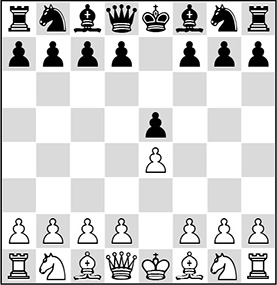 Chapter 1: 2.f3 rare lines The classical reply to 1.e4, 1e5, is popular on all levels, from junior events up to World Championship matches. You will face it very frequently, and being equipped with a good repertoire against it is going to translate into many points scored. The following chapters will provide you with all you need to know to face 1e5 with confidence. f3 After 2.f3 Black only has three respectable moves available. These are 2c6, 2f6 (the Petroff or Russian Defence) and 2d6 (Philidors Defence).
Chapter 1: 2.f3 rare lines The classical reply to 1.e4, 1e5, is popular on all levels, from junior events up to World Championship matches. You will face it very frequently, and being equipped with a good repertoire against it is going to translate into many points scored. The following chapters will provide you with all you need to know to face 1e5 with confidence. f3 After 2.f3 Black only has three respectable moves available. These are 2c6, 2f6 (the Petroff or Russian Defence) and 2d6 (Philidors Defence).
Other moves are mostly unsound gambits or they violate some other opening principle. We should get at least a solid edge against those rare lines. Blacks rare lines are examined in Chapter 1. Lets turn to the more popular and better moves. Chapter 2: 2d6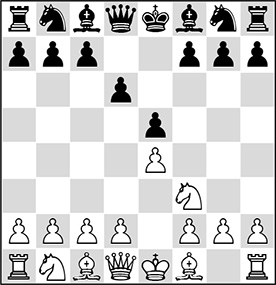 This is Philidors Defence. Its not very popular, but actually not that bad if Black knows it well.
This is Philidors Defence. Its not very popular, but actually not that bad if Black knows it well.
There are many bad lines as well, and these are quite often seen at the amateur level. Its worth checking them as you have chances to score quickly against these inferior lines. Our choice against the Philidor is 3.d4, putting more pressure on Blacks centre. For details please see Chapter 2. Chapter 3: 2f6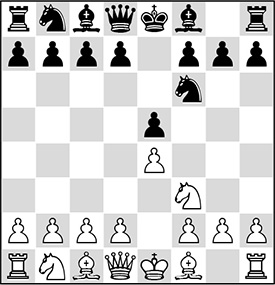 The Petroff has a deservedly solid reputation. Black is content with a slightly passive, but tough-to-crack position.
The Petroff has a deservedly solid reputation. Black is content with a slightly passive, but tough-to-crack position.
I recommend to play 3.c3. This is a very convenient choice as we have the Scotch Four Knights in our repertoire. Now Blacks most popular move is actually 3c6, transposing to the Four Knights immediately. We will examine the Petroff in Chapter 3. Chapter 4: 2c6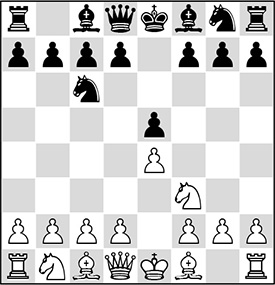 My repertoire suggestion now is 3.c3, aiming for the Scotch Four Knights Opening examined in Chapters 5-8. However, Black sometimes avoids 3f6 and goes for an offbeat option.
My repertoire suggestion now is 3.c3, aiming for the Scotch Four Knights Opening examined in Chapters 5-8. However, Black sometimes avoids 3f6 and goes for an offbeat option.
These are all quite welcome, because White will get an edge with good play. Chapter 4 examines Blacks alternatives on move 3. Chapter 5: 2c6 3.c3f6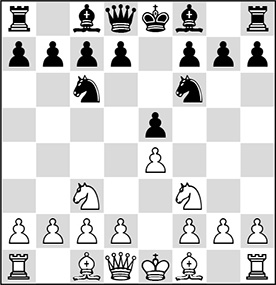 Here we go 4.d4. This is the Scotch Four Knights Opening. This line enjoys a very good reputation as it features quick development for White and a very sound pawn structure. It is easier to learn and to understand than the main alternatives, the Italian (Giuoco Piano) and Spanish (Ruy Lopez) Opening.
Here we go 4.d4. This is the Scotch Four Knights Opening. This line enjoys a very good reputation as it features quick development for White and a very sound pawn structure. It is easier to learn and to understand than the main alternatives, the Italian (Giuoco Piano) and Spanish (Ruy Lopez) Opening.
Next page
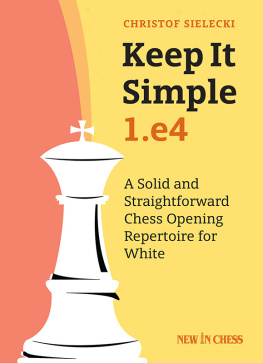
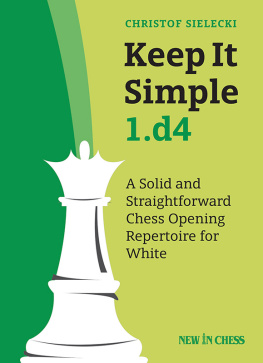

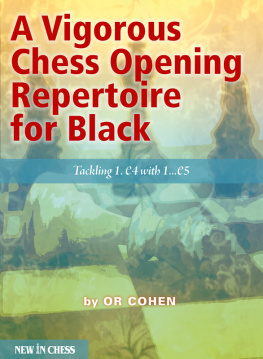
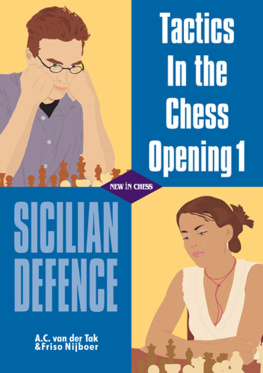
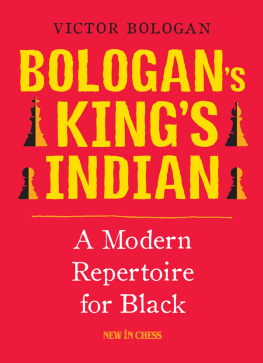
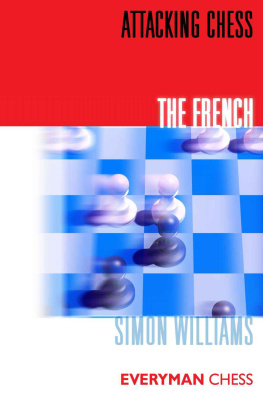
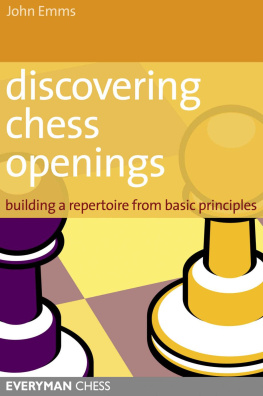
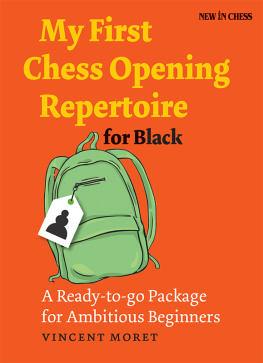
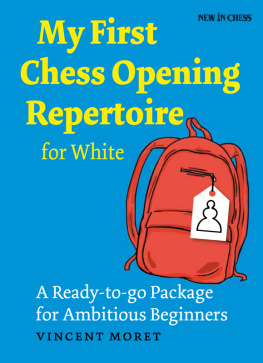
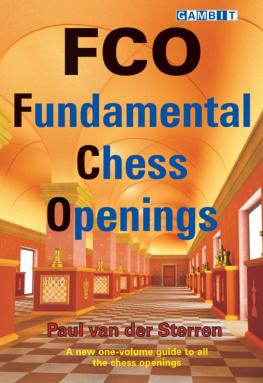
 Chapter 1: 2.f3 rare lines The classical reply to 1.e4, 1e5, is popular on all levels, from junior events up to World Championship matches. You will face it very frequently, and being equipped with a good repertoire against it is going to translate into many points scored. The following chapters will provide you with all you need to know to face 1e5 with confidence. f3 After 2.f3 Black only has three respectable moves available. These are 2c6, 2f6 (the Petroff or Russian Defence) and 2d6 (Philidors Defence).
Chapter 1: 2.f3 rare lines The classical reply to 1.e4, 1e5, is popular on all levels, from junior events up to World Championship matches. You will face it very frequently, and being equipped with a good repertoire against it is going to translate into many points scored. The following chapters will provide you with all you need to know to face 1e5 with confidence. f3 After 2.f3 Black only has three respectable moves available. These are 2c6, 2f6 (the Petroff or Russian Defence) and 2d6 (Philidors Defence). This is Philidors Defence. Its not very popular, but actually not that bad if Black knows it well.
This is Philidors Defence. Its not very popular, but actually not that bad if Black knows it well. The Petroff has a deservedly solid reputation. Black is content with a slightly passive, but tough-to-crack position.
The Petroff has a deservedly solid reputation. Black is content with a slightly passive, but tough-to-crack position. My repertoire suggestion now is 3.c3, aiming for the Scotch Four Knights Opening examined in Chapters 5-8. However, Black sometimes avoids 3f6 and goes for an offbeat option.
My repertoire suggestion now is 3.c3, aiming for the Scotch Four Knights Opening examined in Chapters 5-8. However, Black sometimes avoids 3f6 and goes for an offbeat option. Here we go 4.d4. This is the Scotch Four Knights Opening. This line enjoys a very good reputation as it features quick development for White and a very sound pawn structure. It is easier to learn and to understand than the main alternatives, the Italian (Giuoco Piano) and Spanish (Ruy Lopez) Opening.
Here we go 4.d4. This is the Scotch Four Knights Opening. This line enjoys a very good reputation as it features quick development for White and a very sound pawn structure. It is easier to learn and to understand than the main alternatives, the Italian (Giuoco Piano) and Spanish (Ruy Lopez) Opening.